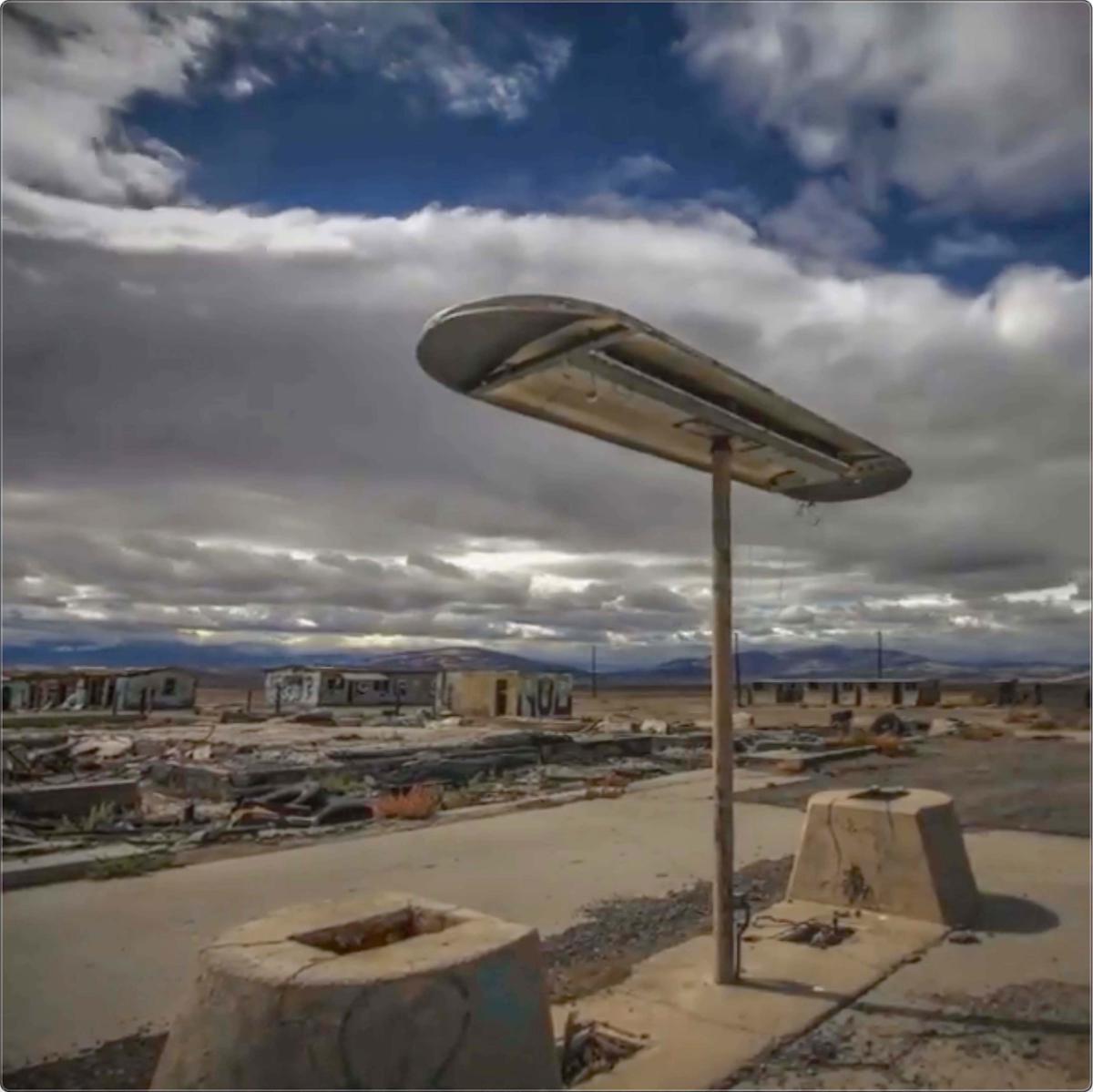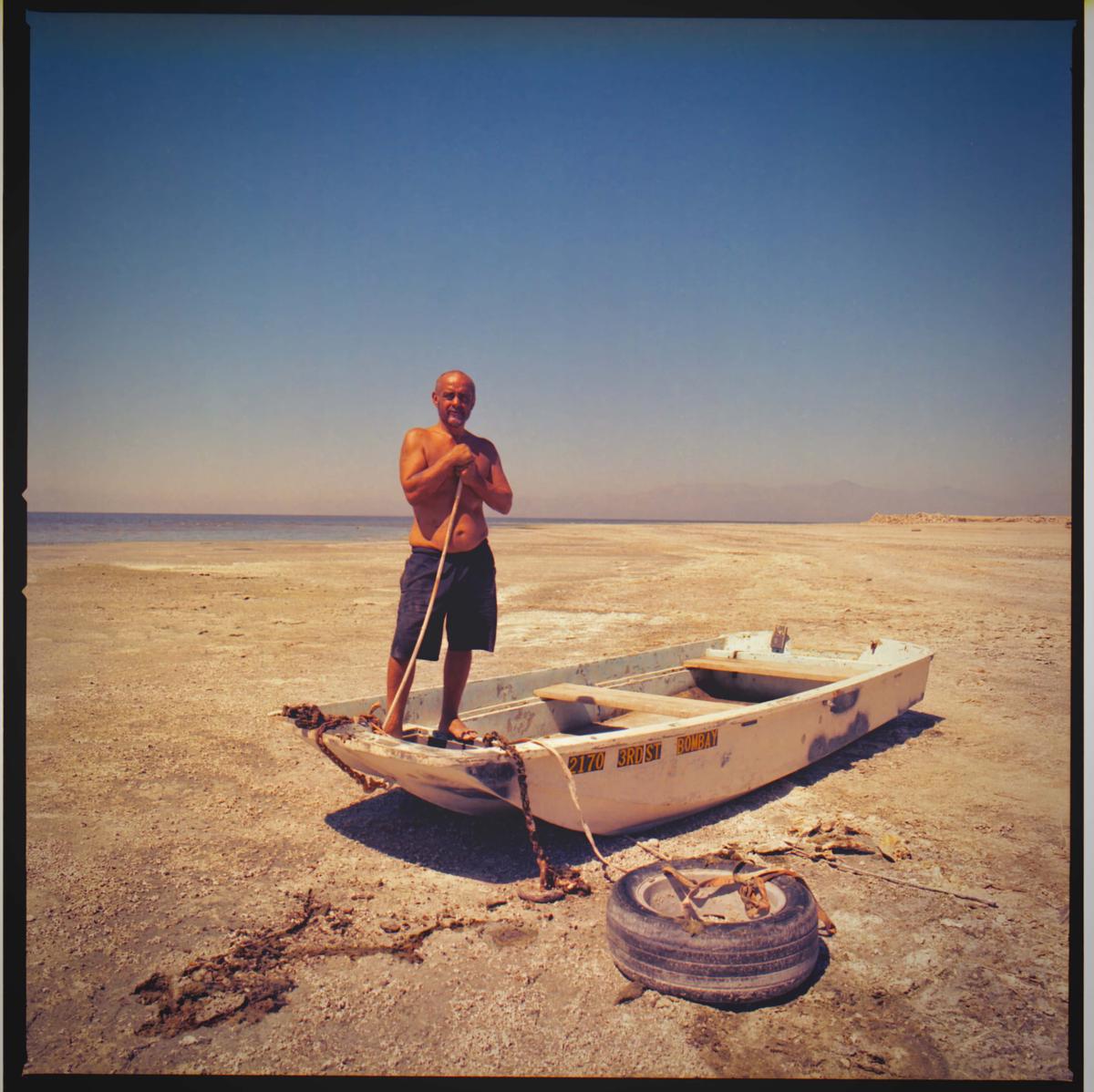Whet Moser pointed out this enlightening Twitter thread that explains an aspect of Sears I hadn’t considered before: by disrupting retail stores with mail-order, it was empowering a demographic that was often underserved in their communities:
The Sears catalog succeeded because it got the goods to people who couldn’t get to stores. One of those demographics? African-Americans. In a lengthy Twitter thread, Cornell historian Louis Hyman writes that it freed up black Southerners from going to general stores, which was often (at best) a humiliating experience. Store owners were so incensed that they “organized catalog bonfires in the street.”
It served as a similar resource for Appalachian coal miners, providing huge discounts over rip-off company stores. Sears also had “a policy that his company would fill any order it received, no matter what the medium or format”—a boon to customers who struggled with literacy.
On The Media’s Brook Gladstone spoke with Louis Hymen, the author of that twitter thread and professor at Cornell University’s School of Industrial and Labor Relations in a podcast extra last week. Listen or download.



